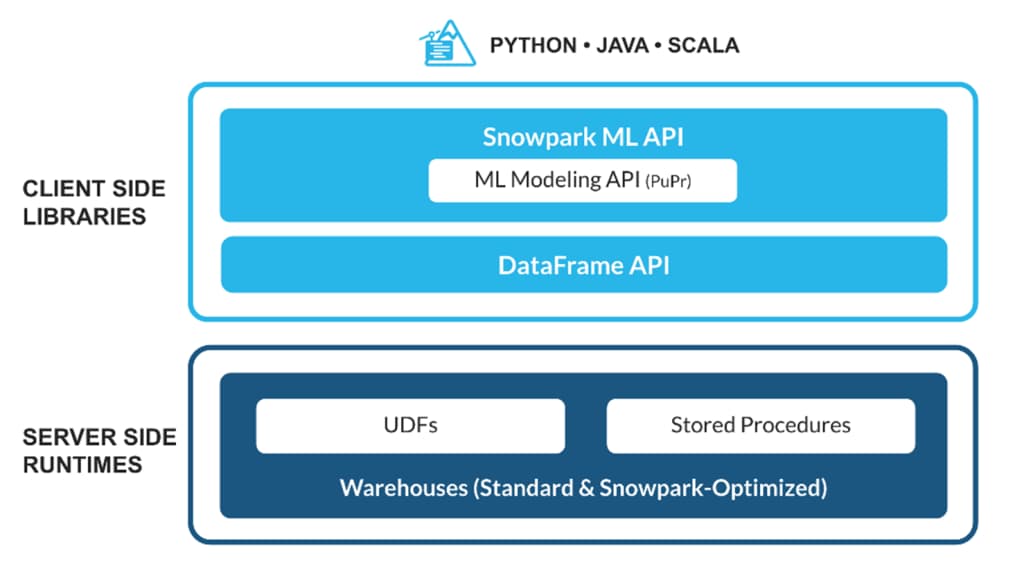What is the latest on Machine Learning in the market?
6 minute read
4 December 2023
In this webinar, we discussed the latest trends that exist in machine learning. We started with the basic of machine learning and its types. We then highlighted the latest trends and various use cases in different sectors. Some of the latest trends discussed are:

- Multimodal ML – Multimodal learning in machine learning is a type of learning where the model is trained to understand and work with multiple forms of input data, such as text, images, and audio.
- Multi-task models – Generally, AI models are given one objective that targets a particular business metric such as maximizing revenue. We can build models that can achieve multiple objectives. Spam filtration has become an essential task that can be done easily with the help of computers to filter emails to digital letters, messages and texts can have crucial information and at the same time, may carry harmful or even useless information.
- AI based cybersecurity – New AI and machine learning techniques will play a growing role in detecting and responding to cybersecurity threats in real time. AI-based systems can detect whether a website or email is a phishing trap.
- Improved language modelling – ChatGPT demonstrated a new way to think about engaging with AI in an interactive experience that is good enough for a wide range of use cases in many fields, including marketing, automated customer support and user experiences.
- Embedded ML – subfield of machine learning that enables machine learning technologies to run on different devices. TinyML is used in household appliances, smartphones, and laptops, smart home systems, and more. The “OK Google”, “Alexa”, “Hey Siri” wake words are an example of TinyML.
Machine Learning Applications
Machine learning has vast applications. Some of the real-time applications were categorized into different sectors and discussed during this webinar.

We then demonstrated how we can build, train, and evaluate a Machine Learning model for a particular use case using:
- Predicting Customer Chrun using Snowflake’s Streamlit and Snowpark for Python features
- Low-code AutoML using Azure Databricks
Snowflake’s Streamlit and Snowpark for Python
Snowpark brings deeply integrated, DataFrame-style programming to the languages developers like to use, and functions to help them build and deploy custom programs including machine learning models. And to bring predictive insights into actions, data scientists can build interactive applications that business stakeholders can use to interact with those models using Streamlit!
What is Streamlit?
Streamlit is an open source app framework in Python language. It helps us create web apps for data science and machine learning in a short time. A Streamlit application can load and visualizes the data loaded from Snowflake.
What is Snowpark?
The set of libraries and runtimes in Snowflake that securely deploy and process non-SQL code, including Python, Java and Scala.
Client Side Libraries – Snowpark brings deeply integrated, DataFrame-style programming and OSS compatible APIs to the languages data practitioners like to use.
Runtime Constructs – Snowpark provides flexible runtime constructs that allow users to bring in and run custom logic. Developers can seamlessly build data pipelines, ML models, and data applications with User-Defined Functions and Stored Procedures.

What is Databricks AutoML?
Databricks AutoML helps you automatically apply machine learning to a dataset. You provide the dataset and identify the prediction target, while AutoML prepares the dataset for model training. AutoML then performs and records a set of trials that creates, tunes, and evaluates multiple models. After model evaluation, AutoML displays the results and provides a Python notebook with the source code for each trial run so you can review, reproduce, and modify the code.
Using Bamboolib with AutoML
bamboolib is a user interface component that allows no-code data analysis and transformations from within a Databricks notebook. bamboolib helps users more easily work with their data and speeds up common data wrangling, exploration, and visualisation tasks. As users complete these kinds of tasks with their data, bamboolib automatically generates Python code in the background. Users can share this code with others, who can run this code in their own notebooks to quickly reproduce those original tasks.
Join us as we discuss the latest trends that exist in machine learning:
As machine learning continues to evolve, the real differentiator lies in how effectively organisations apply it to solve business problems. At Altis Consulting, we help clients bridge the gap between innovation and implementation. Contact us to explore how we can help you harness the power of ML to drive meaningful impact.
Written by
Senior Consultant
Altis Consulting
Managing Consultant
Altis Consulting
Related insights
Share
Other insights

Contact us via the form on our website or connect with us on LinkedIn to explore the best solution for your business.



